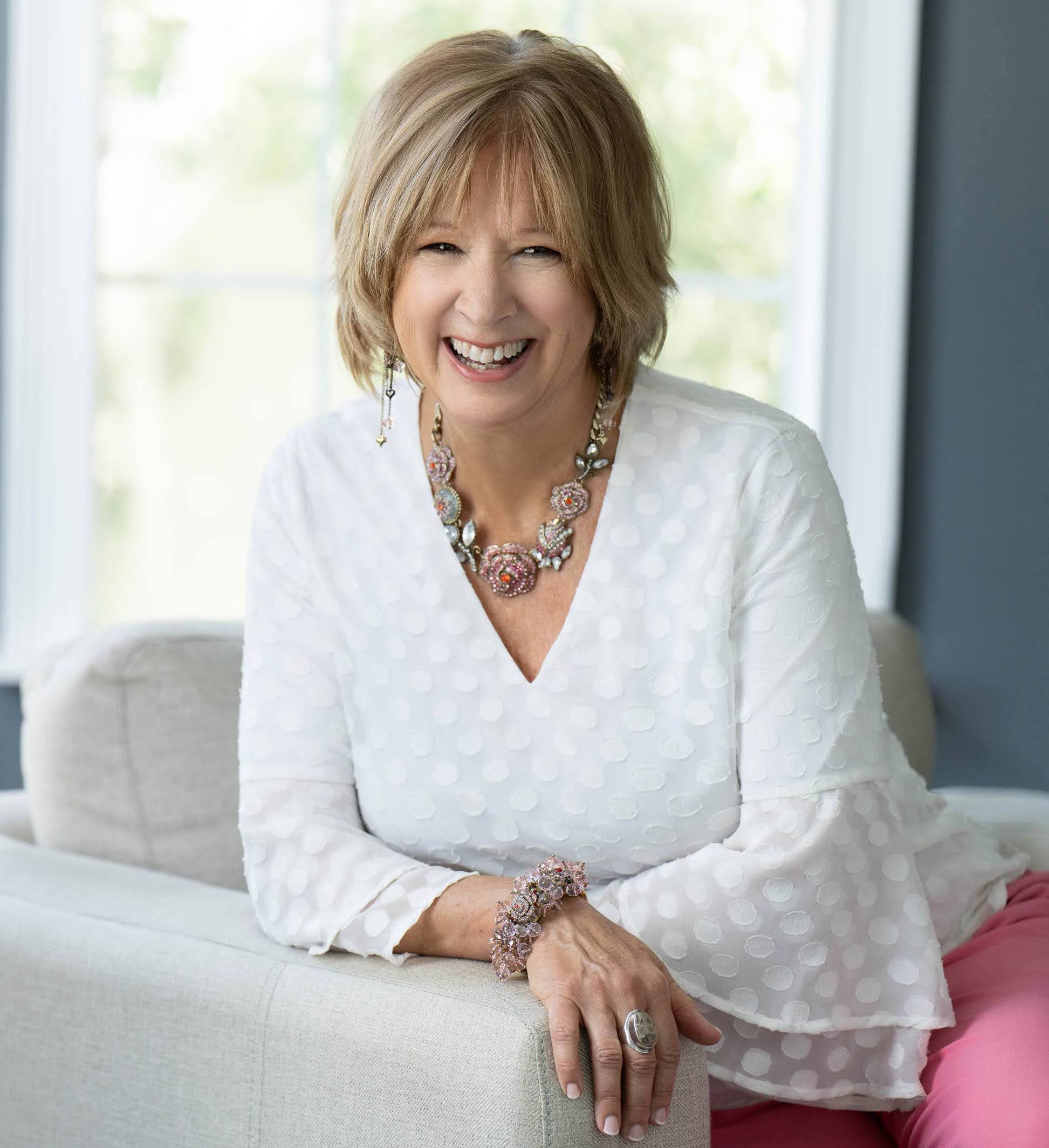Leading in a disunified time

Dawn Yoder Graber


Leading in a disunified time
It sure feels like we are living in a brand-new time - a time of deep entrenchment of opposing views. From a contentious national election to the pressure points of a worldwide pandemic, from the growing wealth disparity to the state of race relations to the conversation around climate change, a sense of division seems to pervade the communities of this country like never before.
Bob Dylan thought times were a-changin’ 60 years ago. You may feel that today’s divisions are just 2021 versions of that same old thing, or perhaps you, too, feel like we are living in a time of unprecedented change. How do we as process consultants help others lead in the midst of such turbulence and disunity?
Humanity as a species could rarely be called peaceful. According to sociologist Todd Gitlin of Columbia University, America’s one constant is division. From the forceful displacement of indigenous people groups to the horrors of slavery to the fight for women’s rights, when has this country (let alone the world) ever truly been unified? In the face of such issues, how could it be?
We as process consultants are called to listen. We build, maintain, and grow relationships to help others most effectively chart their leadership paths to serve their organizational mission. We give help by learning what is present in others’ current belief systems. Through listening to how they view their world, we help leaders identify how to lead a diverse staff, board, and constituency with eyes on the focused mission.
Recently, a colleague and I moderated a workshop we entitled Engaged Donors in a Divided Culture at a national economic development conference. We engaged a panel of noteworthy non-profit leaders: a K-12 school superintendent, a Chief Executive of a national relief and development organization, and a Chief Executive of a United Way chapter. We wanted to know: how did these successful organizations keep meeting and even exceeding their goals with such a wide and varied constituency, whose members appear to be at odds half the time? How did the board members and senior team members who span that wide divide work effectively together?
What stuck with me from our panelist's powerful responses were the following pieces of lived advice of how to engage donors in a divided time:
-
Pursue innovation, because that is what wins market share. Change is constant.
-
Be relevant. What can that mean for your organization? Ask your clients. They will tell you.
-
Think generationally. Do you have different strategies to reach different age groups?
-
Relations are still vital, probably MORE vital in times of great polarization.
-
Do acrobatics, if you must, to reach your target clients. Do so with grit and defiance. Authentic caring wins in the long run.
-
Do not chase yesterday’s donor. Be more future focused than hung up on preserving the past.
-
Stay on mission and core values. Always. Those on the poles of whatever division will try to push you off mission. Come back, repeatedly. Your mission is your organization’s north star.
Maybe, as Todd Gitlin says, our disunity is actually what unifies us. What would it look like to quit trying to get everyone to see the world “like I do,” and to instead embrace differences and commit to on-mission relationships for the betterment of a beloved organization?
Can we as helpers, as process consultants, empower our clients to embrace the differences around them (even though doing so assuredly sounds much easier than it is)? We are listeners. We can lead by example by working together even in our disunity and by practicing authentic caring first. By modeling such caring we can “seek first to understand, then to be understood,” as Stephen Covey taught so well in his best-selling book 7 Habits of Highly Effective People. Whether we are simply reliving past cycles of disunity or swimming in truly uncharted waters - we can commit to prioritizing relationships with all persons. The times may be a-changin’ but the practices of caring, listening, helping, and learning can unite us all.
Resources
1. The demands of change from the pandemic’s beginnings to our current realities are explored in Dawn Y. Graber’s blog series on Change found at:
2. Discerning the difference between Technical Problems & Adaptive Challenges is central to agreeing on what kind of organizational or interpersonal animal we are dealing with.
- Technical problems are those that are more concrete, have known solutions, and can be fixed by those who understand and have the capability to solve the problem. Inflating the pressure in your car tires is a technical solution to a technical problem.
- Adaptive challenges are those situations in which not only is there no known solution, we are having difficulty even agreeing on how to frame the challenge. Since there is so much variance in possible solutions, the action is not fixing but rather is learning. Someone learning how to adjust their habits of eating, exercising and other life-style changes for better health is initially facing an adaptive challenge.
For more on this approach and others, see Phil Bergey’s podcasts and blogs at LeadershipMeetsLifePodcast.com and LeadershipMeetsLifeBlog.com
3. Use Wicked Questions to bring to light competing challenges that must be confronted to succeed. See description and examples at: https://www.liberatingstructures.com/4-wicked- questions/
Welcoming and inviting engagement when two or more simultaneously realities exist can elicit strategic possibilities not first evident when our planning is constrained to either/or thinking. Instead, how can you build on both/and strategies despite paradoxical forces at play?
4. Navigating Polarities is a powerful approach to so many of the challenges we face in our work and in life.
Using a definition of polarity in which both poles form a dynamic tension such that both are needed for the good of the whole, it focuses on discerning the benefits of each pole as well as the overuses of each pole. The difficulty in work and life occurs when I compare the benefits of my preferred pole to the overuses of your preferred pole. The opportunity is to find ways to navigate both poles to achieve the benefits of each pole through a third way.
For more on this approach and others, see Phil Bergey’s podcasts and blogs at LeadershipMeetsLifePodcast.com and LeadershipMeetsLifeBlog.com
5. Other Resources:
-
The Righteous Mind: Why Good People Are Divided by Politics and Religion. Haidt, Jonathan. (2012). Vintage. Social psychologist and bestselling author Jonathan Haidt takes a moral reasoning approach that values the gut at least as much as the mind. He argues that people have a set of moral values that guide their preferences and decision making. He explains why liberals, conservatives, and libertarians have such differing intuitions about right and wrong.
-
Change: How organizations achieve hard-to-imagine results in uncertain and volatile times. Kotter, J. P., Akhtar, V., & Gupta, G. (2021). Wiley. This recent publication responds to the fervent nimbleness and adaptability needed by successful organizations in today’s fervent sea of change. Kotter and team, as change management experts, use case studies to highlight strategies to engage in breaking free from legacy systems to compete in today’s marketplace.
 Written by Dawn Graber
Written by Dawn Graber
Senior Consultant @ Design Group International
If you'd like to write a blog post for the Society for Process Consulting, please e-mail Lon L. Swartzentruber at lons@designgroupintl.com.

Related Posts
.png?height=175&name=Society%20Header%20(19).png)
.png?height=175&name=Society%20Header%20(32).png)
How exercising resiliency can make your consulting practice sustainable.


